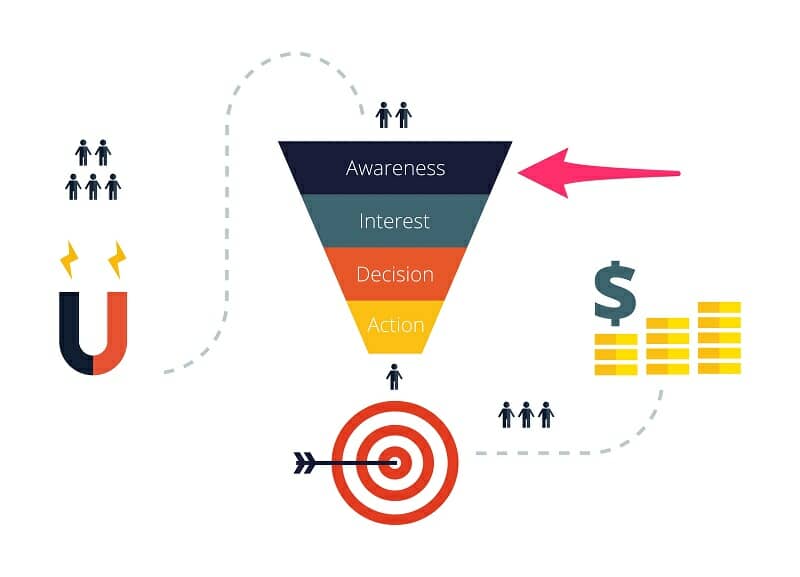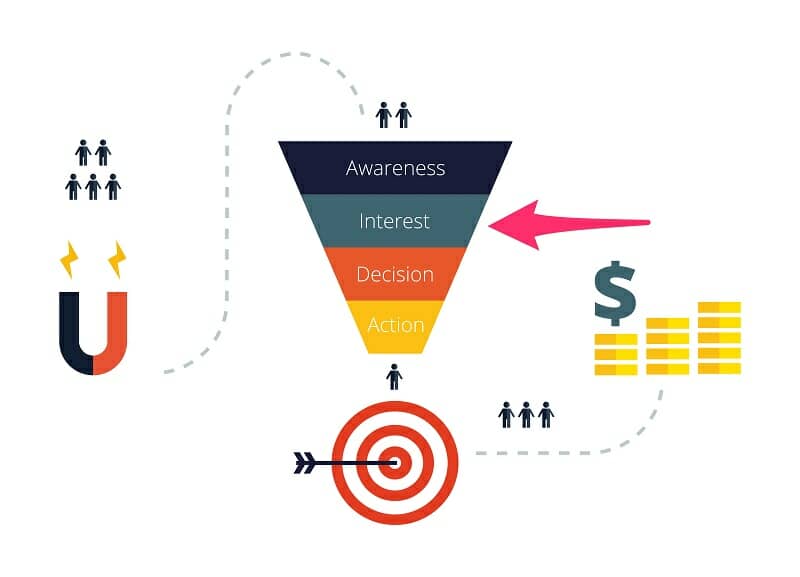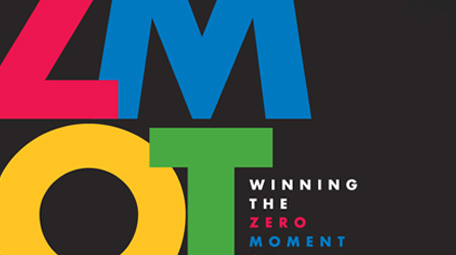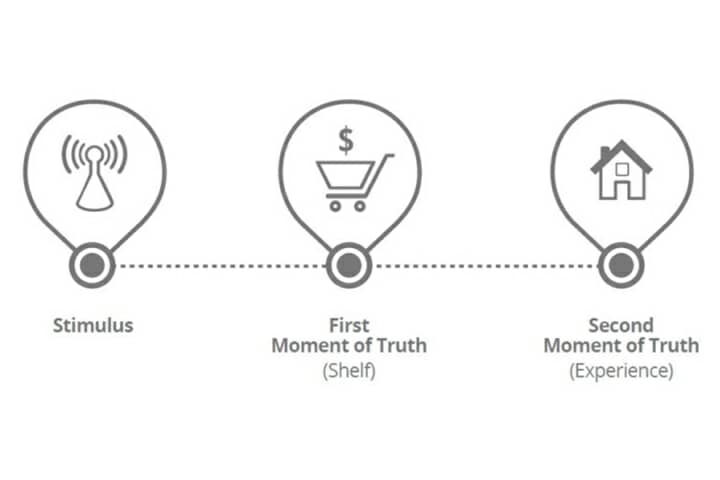It turns out that the traditional marketing and sales funnel is no longer a complete picture of how people decide what to buy and whom to buy from in the digital age.
In this episode of our popular Here’s Why digital marketing video series, Perficient Digital’s Mark Traphagen explains the missing piece in the equation that marketers can’t afford to ignore.
Don’t miss a single episode of Here’s Why. Click the subscribe button below to be notified via email each time a new video is published.
Resources
- Think with Google’s Zero Moment of Truth Collection
- See all of our Here’s Why Videos | Subscribe to our YouTube Channel
Transcript
Eric: Mark, before we address why the traditional sales and marketing funnel is no longer a sufficient model for digital marketing, let’s briefly cover what that funnel is.
Mark: Okay, the traditional marketing funnel dates back to the late 1800s and you’re looking at an example below. The individual levels of the funnel have been given different names but the basic idea is the same. Your marketing or sales efforts attract a limited but relatively large group of people who become aware of your brand.

Then the marketer tries to stimulate interest in the brand from those who are aware of it. At this stage, the marketing becomes a little more pointed, trying to get the prospects to think there might be something in it for them if they do business with you.

At the decision stage, the market or salesperson attempts to move some of those who have shown interest to make a choice about the product or service.

Finally, the marketer or salesperson hopes to move some of those who are making a decision to actually take the action of conversion.

Eric: And the metaphor used is a funnel because at each stage there are fewer and fewer people. Obviously, not everybody who’s simply aware your brand is going to become interested enough to move to a decision, and even fewer will make that decision in your favor.
Mark: Right, and traditional funnel thinking is what motivated the broadcast marketing of the past, where you tried to make your top of the funnel messaging have as broad an appeal as possible, thinking that you had to feed a lot of people into the top to get a sufficient number of actual customers at the bottom.
Eric: That isn’t the case anymore?
Mark: In a very broad view it probably is, but digital marketing has in many ways seriously disrupted the traditional funnel.
Eric: How?
Mark: A while back, Google did some research to see if the traditional marketing model still held in the digital realm. This research became what they call their Zero Moment of Truth or ZMOT concept.

Traditionally, marketers have long spoken about moments of truth in the customer journey. These are key decision points that supposedly move someone down the funnel. Now like the funnel, this conception is very linear.

It starts with some stimulus which could be something like a TV ad that connects with or creates a need or desire in the consumer. Then the first moment of truth happens when the consumer is at the store and confronted with all the different brand choices. The second moment of truth is the consumer’s experience with the product after she’s bought it, which will affect whether she’ll buy again or share it with her friends and recommend it.
Eric: Something seems missing there though.
Mark: You’re right, and that’s what Google found in their research. They discovered that 70% of Americans now look at product reviews before making a purchase. Seventy-nine percent of consumers say they use a smartphone to help with shopping even at a brick and mortar store. And even after seeing a TV commercial, 83% said they still do online research about the products they’ve seen.
Eric: And all of that takes place before they get to the store shelf, whether at a real-world store or an E-store.
Mark: Yes, and that’s the Zero Moment of Truth. It happens before the traditional First Moment of Truth, so that’s why Google calls it the Zero Moment.

Eric: And the Zero Moment is not just one thing. As you can see in the diagram, it can include both desktop and mobile searches, reading reviews, and good old fashioned talking with friends. So if the marketing journey is now more complex with so many important things happening in that Zero Moment of Truth before the consumer ever arrives at a business, how can marketers influence it, Mark?
Mark: For one thing, it means we need to be creating the resources and content that help people all the way through the Zero Moment. Make sure you have reviews and testimonials where appropriate. This is also the place where helpful content can assist by reinforcing to the consumer that you’re the person they should buy from, you’re the brand they should buy from. And social is critical here as well, because a socially engaging brand has an opportunity to be a part of the conversation during the Zero Moment.
Eric: Thanks Mark. We obviously need to get beyond a one size fits all marketing approach.
Don’t miss a single episode of Here’s Why. Click the subscribe button below to be notified via email each time a new video is published.
See all of our Here’s Why Videos | Subscribe to our YouTube Channel


I read an article on this topic last week. Worth a look: https://www.crazyegg.com/blog/traditional-sales-is-funnel-broken/
Thanks Mark & Eric.
I agree with your thoughts that a linear approach is not realistic.
What are your thoughts about the inbound marketing funnel by Hubspot?
Look forward to your thoughts.
Hi Adam – The Hubspot funnel is certainly useful (Attract > Convert > Close > Delight), but still obviously linear. We think the insights from Think With Google bring in an important consideration, especially for the first two part of the Hubspot model.
Agree.
We find people often jump from awareness to decision.
Keep up the good work with the videos.
Great Post guys